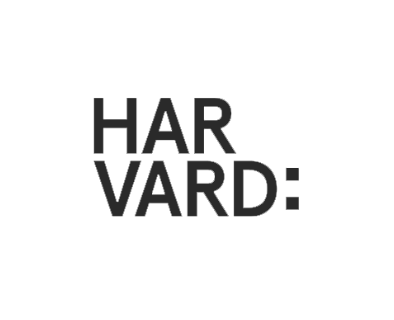Including too much information
Your CV is a checklist of your key achievements, not the story of your life to date. Information relating to your age, sex, nationality, marital status or health are generally not required on a CV. Remove any unnecessary content. This includes your full home address. The last thing you want to do is have your CV with your full address published on a job board for all to see. You are just inviting identity fraud. By all means you can and should include your nearest town or for example state that you are located 15 miles outside London with direct access. Safety first at all times!
Use clichés
Are you a problem-solving team player? Well, join the club. If you want to stand out you need to give examples and evidence of how you work logically and collaboratively.
Use an unprofessional email address
Not all email addresses are appropriate for job applications. Asking employers to contact you at hotstuff15@hotmail.com may not portray you as the aspiring professional you are.
Get overly creative
Now is not the time to unleash your inner artist. Colours, designs (especially clip art) and unusual fonts are distracting for the reader and leave a CV looking unprofessional. We recommend a simple font like Ariel which is a stand font across most platforms and easy to read.
Forget to double-check
Always check your CV thoroughly. And then check it again. If possible, ask a friend to check it for you, too. Typos and inconsistencies are a sure fire way to find yourself in the ‘no’ pile.
Follow these simple rules and you will be heading straight for the ‘yes’ pile – which is exactly where you should be.


















